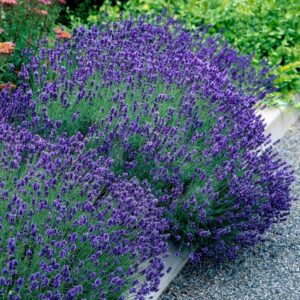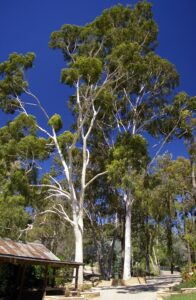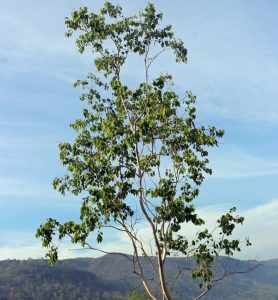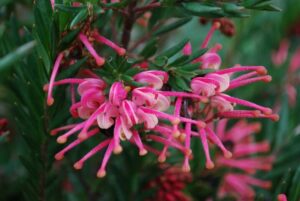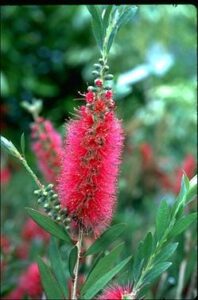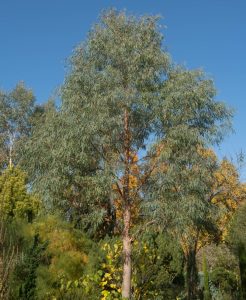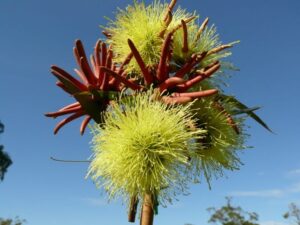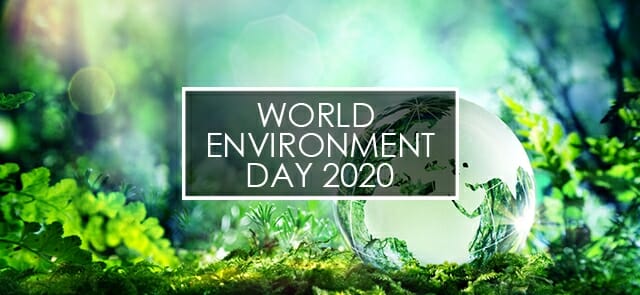
World Environment Day 2020!
World Environment Day is celebrated worldwide on June 5. A platform for action, World Environment Day is the United Nations day for encouraging worldwide awareness and action to protect our environment.
Origins of the World Environment Day
It’s the 48th World Environment Day this year, and the first one took place in Stockholm, Sweden in 1972. Back then, it was the first major conference of it’s kind. The aim was to focus on the development of environmental politics, environmental issues, and encouraging worldwide awareness and action for the protection of the environment. The responsibility for the primary celebrations rotates to a different country each year.
Theme and Host Country for World Environment Day 2020
World Environment Day 2020 will focus on Biodiversity and will be hosted in Colombia in partnership with Germany. This year World Environment Day 2020 theme is “Celebrating Biodiversity”, with the slogan “Time for Nature.”
“With 1 million species facing extinction, there has never been a more important time to focus on biodiversity.”
Colombia has put together a wide-ranging series of events featuring experts on biodiversity issues from across the globe. Click Here to view the programme.
Threats to Biodiversity
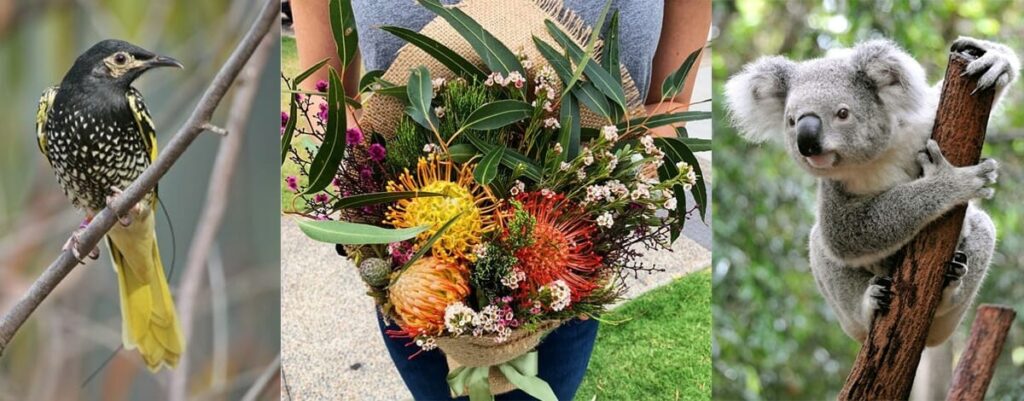
‘Many of the Earth’s ecosystems are nearing critical tipping points of depletion or irreversible change, pushed by high population growth and economic development. By 2050, if current consumption and production patterns remain the same and with a rising population expected to reach 9.6 billion, we will need three planets to sustain our ways of living and consumption.’
Human activities have significantly disturbed three-quarters of the world’s land surface. Two-thirds of ocean areas are also impacted by human activity, through overfishing, industrial pollution and oil spills, and garbage accumulation. Wildlife species are disappearing tens to hundreds of times faster now than in the past 10 million years. By 2030, the world may have lost one out of every four known species. Scientists have declared this the sixth mass extinction event in world history. At current rates of species extinction, the sixth event is on track to be more severe than the one that wiped out the dinosaurs.
Here are the 6 main threats to Biodiversity:
- Climate Change
Increase in the temperature of the atmosphere has major effects on the environment such as the seasons, rising of the sea levels, and glacial retreats, floods and as we have seen here in Australia, more bush fires and droughts. - Habitat Loss and Degradation
Habitat loss are sometimes caused by natural events like geological calamities but more commonly by human activities such as deforestation, diverting rivers, mining, fracking and many other destructive behaviors. - Pollution
Be it in water ,air, or land pollution, all forms of pollution are a threat to all life forms on Earth. Recently with the Covid 19 pandemic, we have witnessed a decrease in pollution due to a slowing down in human activities, and that was refreshing, but on the other hand we saw many plastic gloves and face masks washed up in the ocean and killing wildlife. - Invasive Species
An exotic or unnatural species can be any kind of organism that has been introduced to a foreign habitat. This introduction can cause major threats to the native species. For example Cats are a major threat to our native bird population here in Australia. - Over Exploitation
This refers to the act of over-harvesting species and natural resources at rates faster than they can actually sustain themselves in the wild. - Other Threats
There are many other threats such as the spreading of diseases from farmed animals to wild animals. The impact of roads and highways reduce the habitat area of many species. Noise and perturbations to the environment such as sonar uses in the sea that disrupts cetacean species communications and many more.
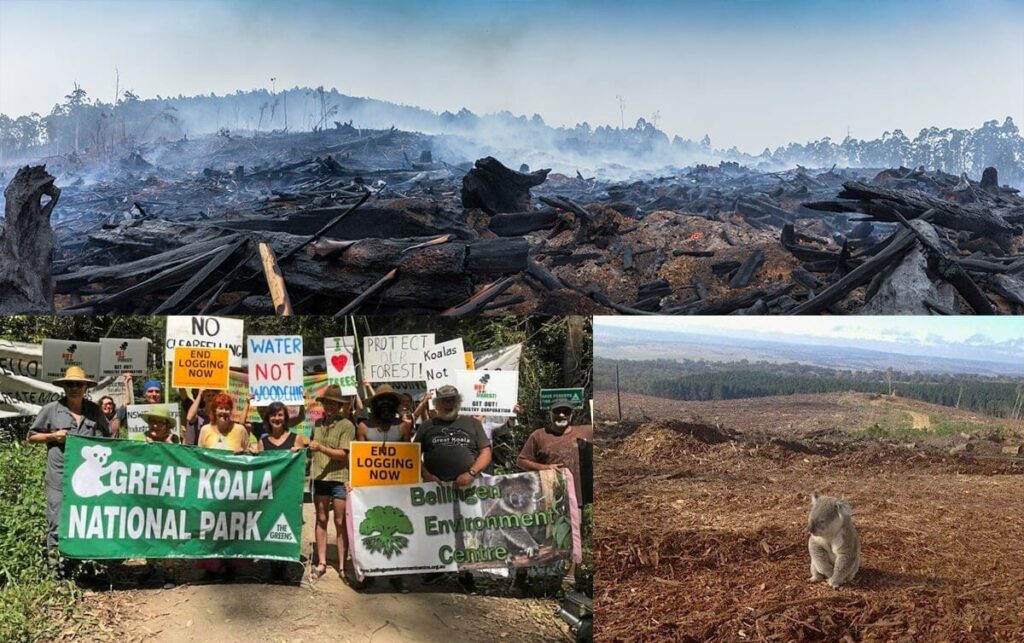
Australia’s Biodiversity loss
Since the arrival of Europeans in Australia, just over 200 years ago, there has been an extraordinary increase in the rate of environmental change and in the loss of biodiversity in our ecosystems. One of the main threats to Australia’s biodiversity is habitat loss, and land-clearing is happening at a staggering rate. Projections suggest that 3m hectares of untouched forest will have been bulldozed in eastern Australia by 2030, thanks to a thriving livestock industry and governments that refuse to step in.
Some of these ecosystems lost include:
- 75% of rainforests and nearly 50% of all forests;
- over 60% of coastal wetlands in southern and eastern Australia;
- nearly 90% of temperate woodlands and mallee;
- more than 99% of south-eastern Australia’s temperate lowland grasslands;
- over 83% of Tasmania’s lowland grasslands and grassy woodlands;
- about 95% of brigalow scrub that originally grew in Queensland;
- over 90% of Victoria’s grasslands.
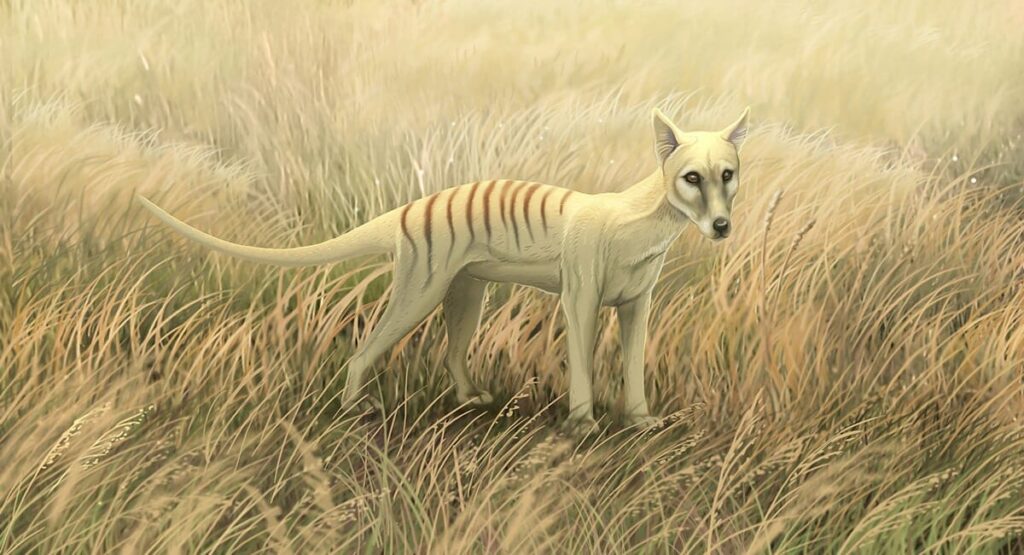
We concluded that exactly 100 plant and animal species are validly listed as having become extinct in the 230 years since Europeans colonized Australia. You can read more about this here.
Clearly, human activities have the most significant impact on biodiversity loss. At present, our planet continues to face these threats to biodiversity.
IN THE FUTURE, YOUR CHILDREN OR THE YOUNGER GENERATION MIGHT ASK YOU A QUESTION ALONG THE LINES OF, “WHEN THE CRISIS ON BIODIVERSITY BECAME SO RAMPANT DURING THE EARLY 2000S, WHAT DID YOU DO ABOUT IT?” WHAT WILL YOUR ANSWER BE?
Things you can do to help biodiversity and the environment:
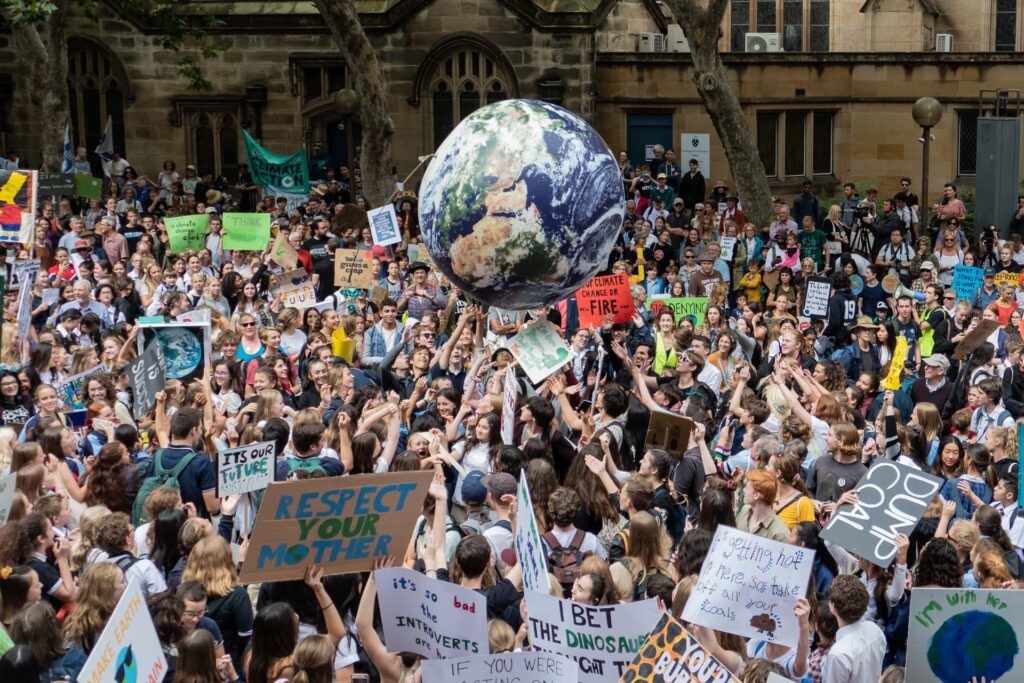
- Reduce, reuse, and recycle. Cut down on what you throw away. Follow the three “R’s” to conserve natural resources and landfill space. Reduce your use of water, electricity and other non renewable and recycle everything as much as possible.
- Volunteer and Educate. Volunteer for cleanups or tree planting in your community. Teach others, especially children to help them understand the importance and value of our natural resources.
- Conserve Water & Energy. The less water you use, the less runoff and wastewater that eventually end up in the ocean. You can also save grey-water from your sink to water your garden. Energy efficient light bulbs reduce greenhouse gas emissions. Also flip the light switch off when you leave the room! Does your WiFi or your phone need to be always on?
- Shop wisely & Choose sustainable. Buy Local, buy organic.Learn how to make smart food and seafood choices. Buy less plastic and bring a reusable shopping bag.
- Drive less. Bike or walk more, and use your car sparingly. Do some car pooling with your mates and use public transport.
- Plant as many trees as you can. Go for Native trees and flowers that support the local wildlife the best. Trees provide food and oxygen. They help save energy, clean the air, and help combat climate change. They help the biodiversity and ecosystems to survive and thrive. If you have land, seek your local council or nurseries to see if there are any free or cheap plants. If you have limited space, consider pots. And if you do not have space, volunteer some time or money to tree planting organisations. Click here for our big selection of very cheap plants.
- QUIT the use of pesticides and petroleum based fertilizers in your gardens. These often have knock-on effects in wildlife populations and run off into water courses with adverse effects for the plants and animals living there. Ask your Local Authority to do the same.
- VOTE! Find out about legislation affecting biodiversity, make contact with your local political representatives, tell them how you feel and ask them what they will do to help.
- Support people and groups who are acting on long-term ecological sustainability. Find out about activists group and share their message and donate to their cause. This is vital for our future!
20 Cents For a Native Plant!
For this long Weekend only (6,7 and 8th of June) and to promote biodiversity we will be selling native plants for the symbolic price of 20 Cents for Kids only. As children are the future, they should be taught and encouraged to plant!
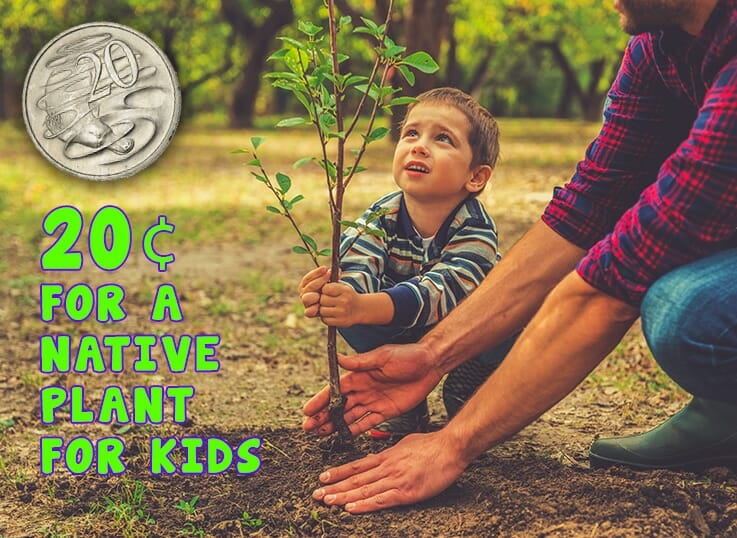
That will be an Economy grade plant that is Native to Australia such a Kangaroo Paw or Callistemon. There is a limit of one plant per child and isthis offer is IN store only at 1477 Sydney Road, Campbellfield.
We hope that this article gave you some inspiration or incentive to make changes to your lifestyle. Thank you for your time and remember that: Protecting our planet starts with you!
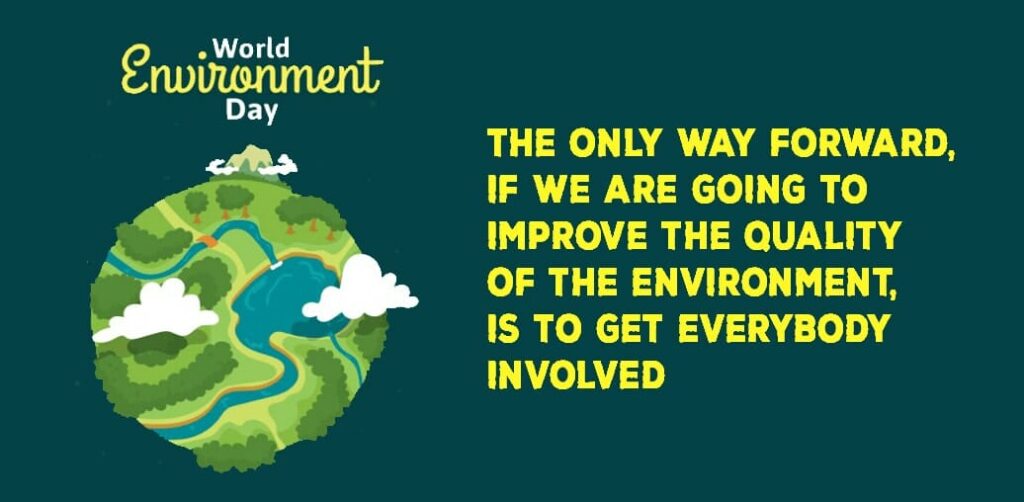
Some plants that are great for biodiversity:
Low growing flowers and herbs such as Daisies, Lavenders and Thyme are excellent for bees and other beneficial insects in the garden.
Flowering shrubs and trees, especially natives such as Grevillea, Callistemon, Corymbia, Gum Trees, Banksia, Westringia, Tea Tree are all excellent for native bees and birds!



